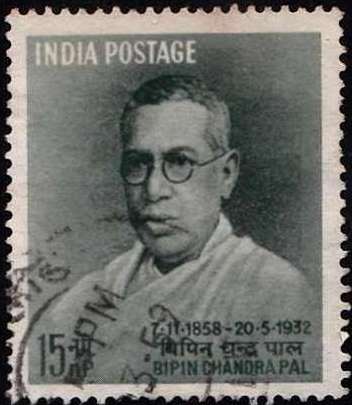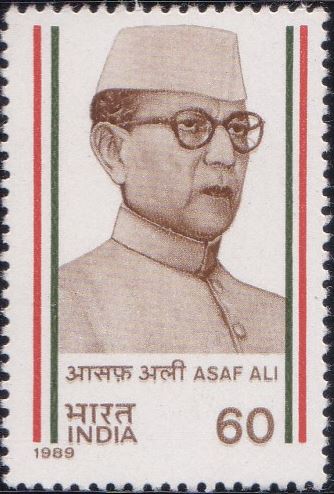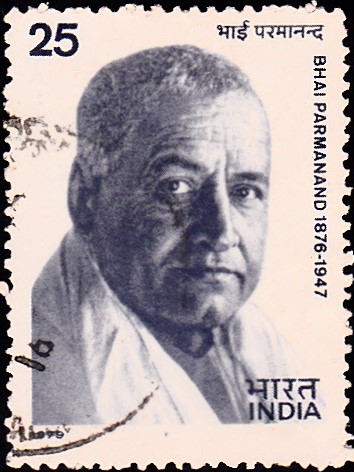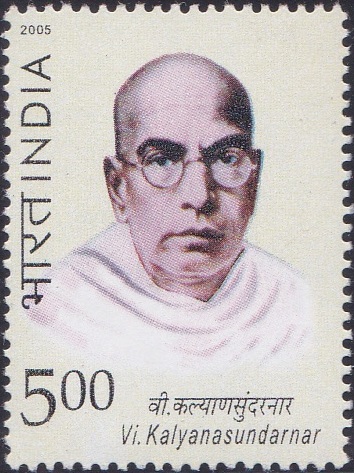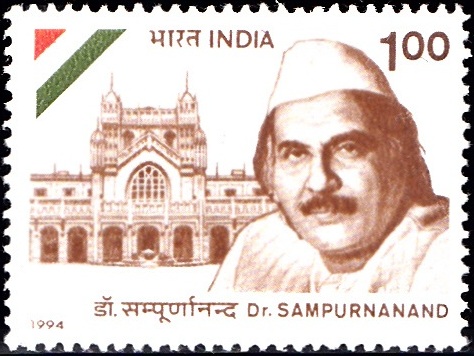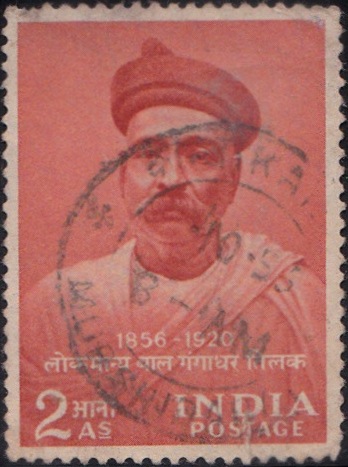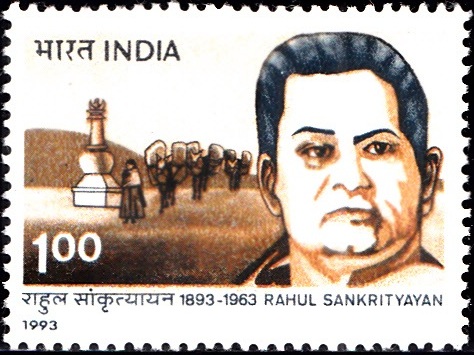
Rahul Sankrityayan
A commemorative postage stamp on the Birth Centenary of Mahapandit Rahul Sankrityayan, Father of Hindi Travelogue :
 Issued by India
Issued by India
Issued on Apr 9, 1993
Issued for : The Department of Posts commemorates the birth centenary of Mahapandit Rahul Sankrityayan by issuing a stamp on this great man of letters who dipped into the large pools of knowledge and wisdom of this ancient land of ours.
Design Credits :
Stamp & First Day Cover : Pascricha
Cancellation : Alka Sharma
Type : Stamp, Mint Condition
Colour : Two Colour
Denomination : 100 Paise
Overall size : 3.91 x 2.90 cms.
Printing size : 3.55 x 2.54 cms.
Perforation : 13 x 13
Paper : Imported un W/M gravure coated gummed Stamp paper in sheets 50.8 x 53.5 cms.
Number Printed : 0.6 Million Stamps
Number per issue sheet : 35
Printing Process : Photogravure
Printed : India Security Press
Name : Rahul Sankrityayan
Born on Apr 9, 1893 at Kanaila Village, Azamgarh District, Uttar Pradesh, British India
Died on Apr 14, 1963 at Darjeeling, West Bengal, India
About :
- Maha Pandit Rahul Sankrityayan was born on April 9, 1893 at Pandaha, Azamgarh and was christened as Kedar Nath Pandey.
- At an early age of 5, the young Kedar Nath was sent to an Urdu Madrasa and it was here that he came across a tale ‘Khorai Ka Natiza‘ which influenced him deeply. In addition the couplet below:
सैर कर दुनिया की गाफिल, जिन्दगानी फिर कहां।
ज़िंदगी गर कुछ रही तो, नौजवानी फिर कहां।
influenced his young mind deeply and thus was born his desire to roam. The young Kedar left his home at various stages of his life, matrimony not withstanding. The desire for freedom made him adopt a life of asceticism which drew him to the study of ‘Vedanta‘ and Hindu scriptures and he even became a Mahanta at Parsa in Bihar. After a short stint with the Arya Samaj, he became a part of the ‘Arya Musafir Vidyalaya’, where he learnt Sanskrit and Arabic and read the scriptures of various creeds prevalent in India of the early 19th century. - The Russian Revolution inspired Kedar to join politics and he became an active participant in the Non-Cooperation Movement launched by Gandhiji. After being jailed for his political activities, he took part in the Kisan Satyagraha in Bihar in 1939.
- In the interregnum, Kedar embarked on various travels which took him to the distant lands of Ceylon where he embraced Buddhism and was re-christened, Rahul Sankrityayan. His greatest claim to fame was his unrelenting search for Buddhist scriptures which took him to far away Tibet four times, as a result of which he brought back to India 21 mule-loads of Tibetan literature. He also travelled to various countries of Europe, Far East and Russia. During the year 1944 to 1947 he worked as a Professor of Sanskrit and Pali in Russia.
- Rahul Sankrityayan has written and translated over 123 books in Hindi and has been awarded the ‘Padma Bhushan‘, during the last stages of his life. He died on April 14, 1963 at Darjeeling. His maxim and motto in life was:
“Go wandering – life is short
O thou who is missing it.
Even if you live long,
what about the youth.“ - Text Source :– Rahul Sankrityayan Smriti Kendra Azamgarh


